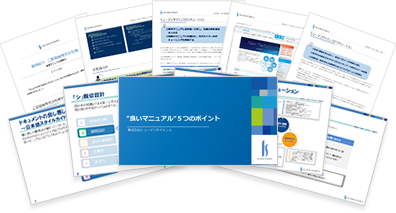Tips for creating easily translatable Japanese manuals
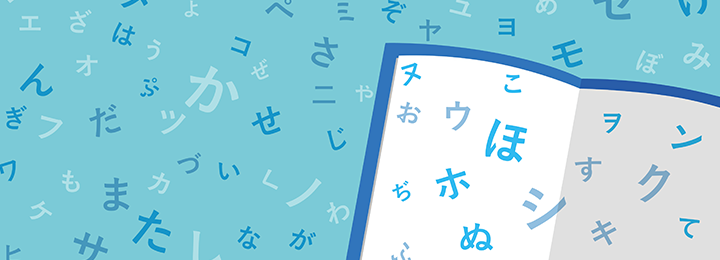
With the advancement of globalization, there has been an urgent need for translation services for overseas markets. Challenges such as "high translation costs", "the need for quick translations", and "complaints from local subsidiaries about poor translation quality" have arisen. Therefore, we will explain the key points on how to create a Japanese version that is easy to translate into multiple languages.
- Table of Contents
1. Make the text easy to understand
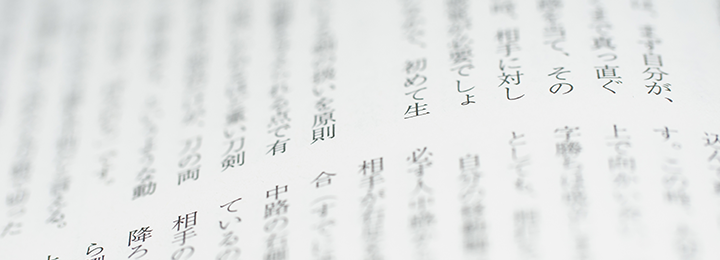
Translating vague sentences as they are can lead to incorrect translations and a decrease in quality.
To prevent the translator from interpreting it differently, we will write in clear and easy-to-understand sentences.
| Example of a difficult sentence | Poor | ○ |
|---|---|---|
| Redundant text | Video is a convenient machine, but what users must overcome is first mastering the recording operation, and then getting used to the playback operation. | Video is a convenient machine. In order to master this machine, the user must first learn how to operate the recording. Next, they must become familiar with the playback controls. |
| Multiple meanings sentence | Due to insufficient memory, this application may not be able to use all functions. ⇒ Is it "unable to use all functions" or "unable to use some functions" ambiguous? |
If there is insufficient memory, some functions of this application may not be available. |
| A sentence using double negatives | If you do not enter correctly, it will not function properly. | When entered correctly, it will function properly. |
| Sentence using directive words alone | Labels with serial numbers will be attached to the manufactured products. This will be carried over to all stages of production. | Labels with serial numbers will be attached to the manufactured products. This serial number will be carried over to all stages of production. |
2. Standardize Terminology and Expressions

If terms and expressions are not unified in Japanese, the translation will also be inconsistent. In addition, the reuse rate when using translation memory tools such as Trados will decrease, leading to increased costs.
From the time of creating Japanese manuals, we will establish conventions for terms and expressions that should be unified and write them.
If the way of describing the same operation is different in Japanese, it will result in inconsistency in English.
・Click the [Open] button.
・Select the [Open] button.
・Click [Open] button.
・Select [Open] button.
3. Design with a focus on Japanese-English and multilingual translation

When translating Japanese into English or other languages, the number of characters increases.
(20% increase from Japanese to English, 40-50% increase from English to Russian)
Therefore, when creating layouts, it is important to leave room for the increased volume after translation.
Also, double-byte symbols (●, ○, ▲, △, ①②③, 【】, etc.) should not be used as they may cause garbled characters.
If these points are not considered when creating the Japanese version, it can lead to extra time and cost for DTP of the English and multilingual manuals.



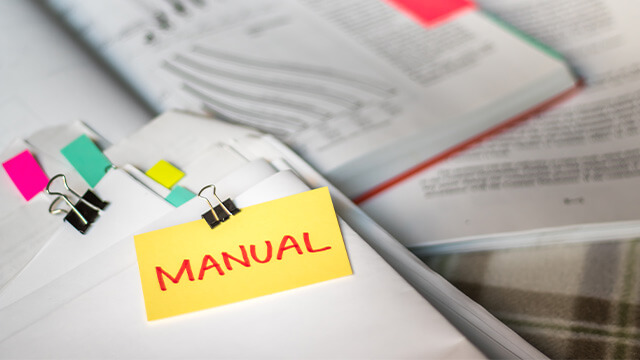
















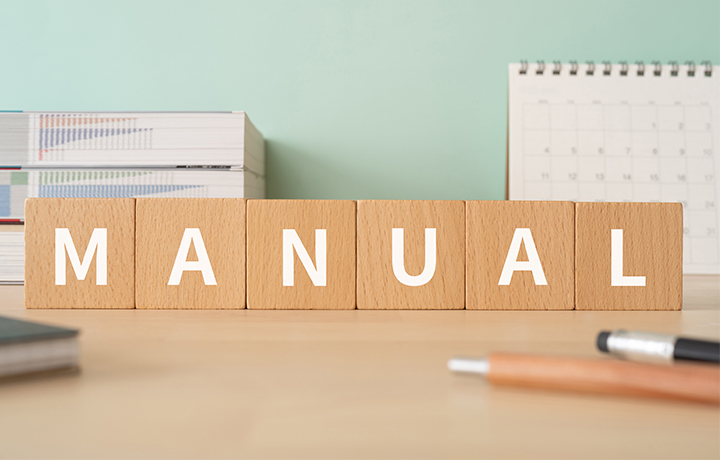





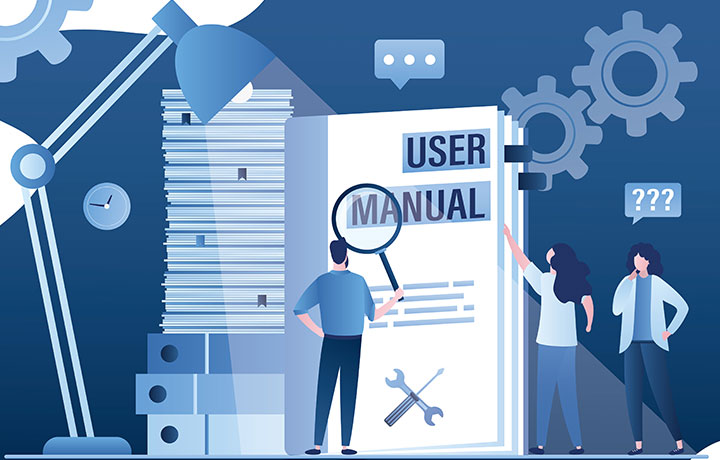



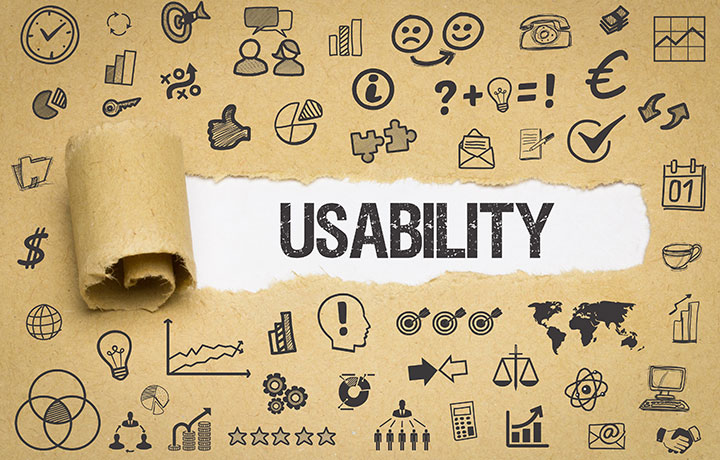



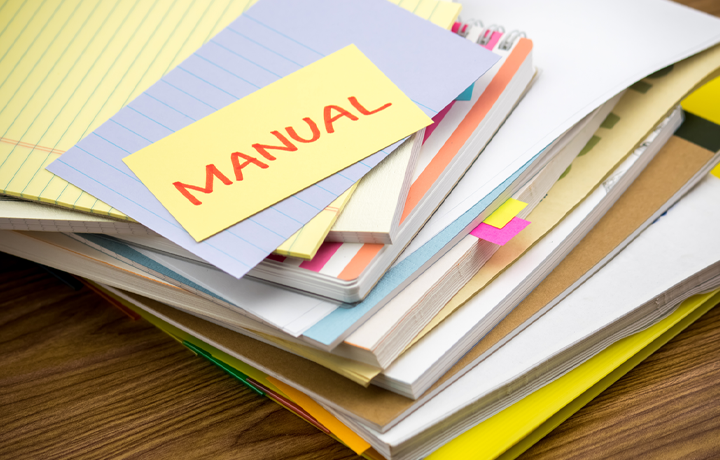
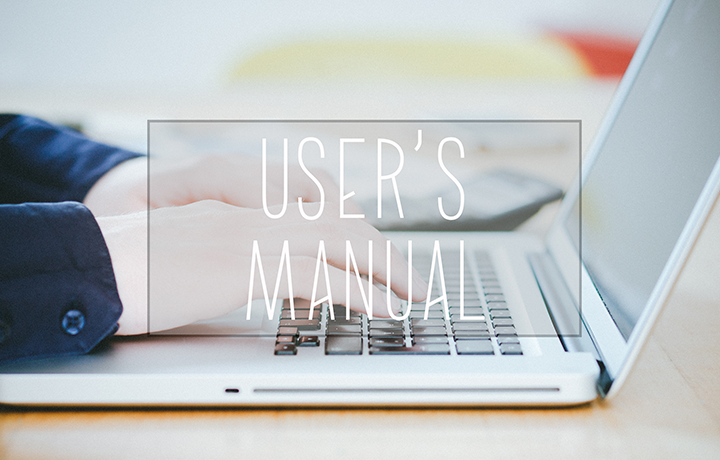











 Manual Creation
Manual Creation Director, Writer
Director, Writer In-house support
In-house support Video
Video Manual
Manual Manual Creation
Manual Creation Manual Creation
Manual Creation Manual Documentation
Manual Documentation